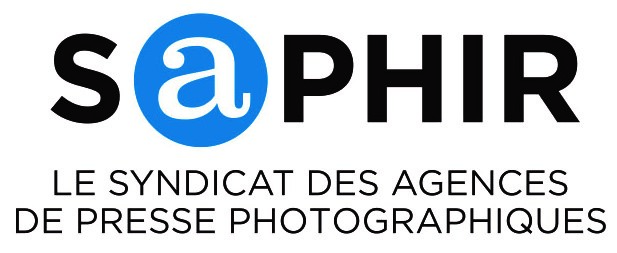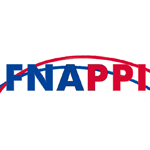The DSM Directive – Copyright in the Digital Single Market – was published in September 2016. How far is the consultation process and has the Directive any chance of going through before the election of a new Parliament in June 2019 and before the nomination of a new Commission.
A lengthy decision process based on compromise, compromise, compromise
The decision process at European level is a complex process involving three institutions: the European Commission, that drafts the legislation, the European Parliament, that puts forwards toughly negotiated amendments through various committees with strange names, and finally the Council representing the interests of the Member States. At the end of the process, the three institutions find a compromise in the so-called “Trilogue”.
All though the consultation process, these three institutions are lobbied by trade associations representing industries and by individual (larger) companies. The “visual” industry at large is represented in Brussels by EVA for collecting societies (and marginally by GESAC), CEPIC for picture agencies and the European Federation of Journalists for photo-journalists. Getty Images is also doing some efforts on their own. Last but not least, Pyramide Europe, federating a number of photographers associations in Europe, has joined joint letters and statements.
Lobbying means: meeting representatives of these three institutions, writing to them, organising conferences and other events, issuing position statements.
The DSM – Copyright in Digital Single Matket – Directive
Enacted in September 2016, the DSM Directive has now reached the Council stage. The latest compromise proposal was put forward in April. Meanwhile, and after several postponements, a vote in the JURI (legal) committee of the European Parliament is scheduled in June.
Important divergences still exist between Member States and within the Parliament.
The two most controversial (lobbied) articles of the draft Directive are Art. 11 on Publishers Rights and Art. 13 on the Value Gap.
CEPIC has taken the approach of remaining neutral on the Publishers Right and has joined forces on the Value Gap with like-minded organisations and companies in Brussels.
The priority is to find a solution to the piracy of images online and the scraping of pictures.
The “Framing ” or “Embedding of images” issue is totally absent in the proposal of the European Commission. Thanks to joint efforts with EVA since 2017 and with the EFJ and Pyramide in 2018, amendments concerning “Framing” or “Image Search Engines” made their way into the JURI Report. The European Commission has acknowledged the problem but more efforts are necessary at Council level.
The process may appear very slow to outsiders. However, since the last legislature, progress on a number of issues is obvious. The precedent Commission with Commissioner Nellie Kroes heading DG CONNECT and Joaqin Almunia heading DG COMP had little interest in copyright holders and all eyes for Big Tech. This has changed. The notion of the “transfer of value” is slowly but surely making its way in the understanding of the online eco-system and in the legislation. Also, stakeholders now understand that the visual sector has its own specificity due to the fragility of the assets. Efforts need to be pursued. But that is a marathon that is worth running! (sf)
















